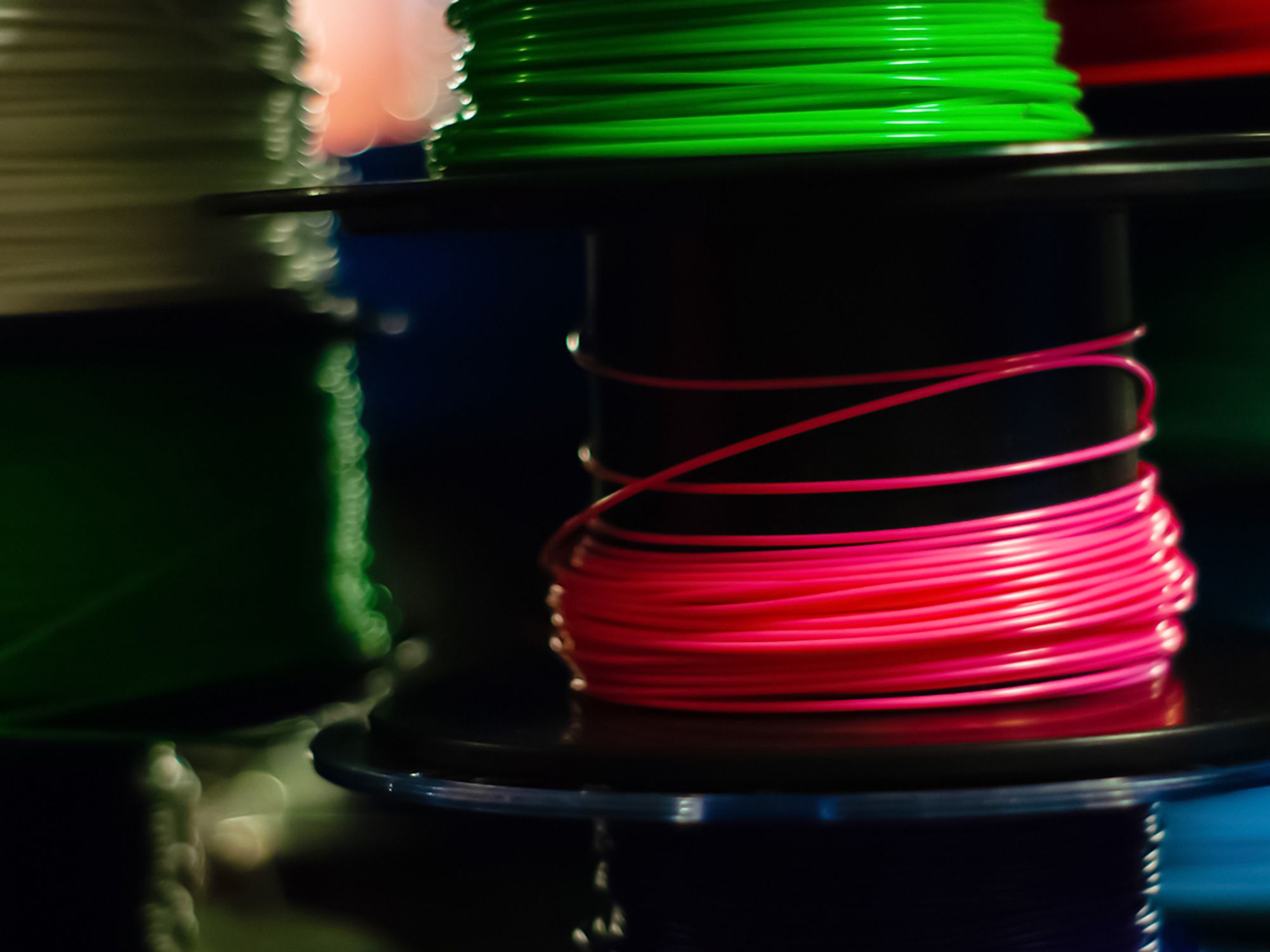Acrylonitrile

- Acrylonitrile is used in the manufacture of acrylic and other fibers, plastics, synthetic rubber, ABS and SAN resins, and more.
- Employers whose facilities handle AN must provide employees with regulated areas, personal protective equipment, proper training, and more.
Acrylonitrile (AN) is a colorless to pale yellow liquid substance with a sharp, onion-like or garlic-like odor. It is also known as AN, acrylon, carbacryl, cyanoethylene, fumigrain, 2-propenenitrile, VCN, ventox and vinyl cyanide. Acrylonitrile does not occur naturally. It is found in the manufacture of acrylic and modacrylic fibers, acrylostyrene plastics, synthetic rubber, nitrile rubber, chemicals, adhesives, surface coatings, ABS and SAN resins (often used in production of recreational watercraft), and as a grain fumigant.
The Occupational Safety and Health Administration (OSHA’s) requirements apply to all occupational exposures to acrylonitrile (AN), except to exposures which result solely from the processing, use, and handling of the following materials:
- ABS resins, SAN resins, nitrile barrier resins, solid nitrile elastomers, and acrylic and modacrylic fibers, when these listed materials are in the form of finished polymers, and products fabricated from such finished polymers;
- Materials made from and/or containing AN for which objective data is reasonably relied upon to demonstrate that the material is not capable of releasing AN in airborne concentrations in excess of 1 ppm as an eight-hour time-weighted average, under the expected conditions of processing, use, and handling which will cause the greatest possible release; and
- Solid materials made from and/or containing AN which will not be heated above 170° F during handling, use, or processing.
Employer Responsibilities:
- Survey the workplace for any storage or usage of AN.
- Implement a medical surveillance program for all workers exposed to the action level as outlined in the standard.
- Implement a monitoring program to obtain an estimate of employee exposures, and repeat per the requirements in the standard.
- Notify employees within 15 days of monitoring results.
- Establish a regulated area when exposures exceed the PEL.
- Establish a written compliance program.
- Ensure employees are aware of the hazards involved with acrylonitrile.
- Implement a training program for all employees who are subject to exposure to acrylonitrile.
- Provide employees with proper protective equipment when working with acrylonitrile.
- Use engineering and work practice controls to reduce exposures to a permissible level.
- Ensure caution labels and signs are used to warn of acrylonitrile.
- Ensure employees who work with acrylonitrile wash their hands after assigned tasks are completed and before engaging in other activities.
- Maintain appropriate records (exposure monitoring, medical surveillance, etc.).
- Instruct employees in proper first aid and other emergency procedures.
- Ensure emergency procedures are in place for dealing with emergency situations involving acrylonitrile.
